Image: Title page of the first volume of the Encyclopédie, edited by Diderot and D'Alembert
I. The Encyclopédie: Machine of Enlightenment
II. Big Thinkers, Major Phases
A. Locke, Montesquieu, Voltaire, and the Early Enlightenment
B. Critique and Crisis: La Mettrie and Rousseau
C. The Mature Enlightenment: Kant's Critique of Pure Reason
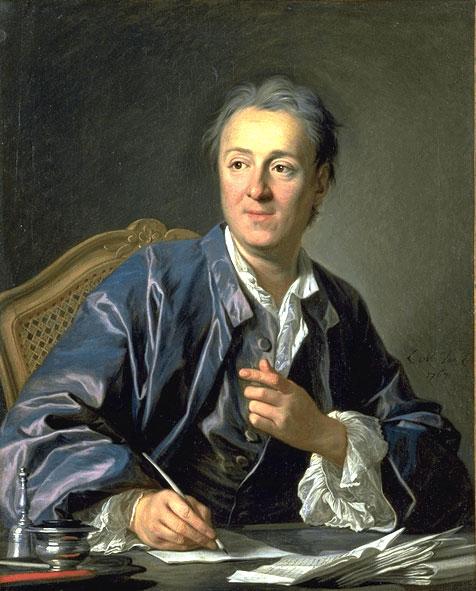
Image above: Denis Diderot, co-editor of the Encyclopédie.
Image right: Cover page of volume 1 of
the Encyclopédie, published in 1751.
Image:
Illustration
for “Histoire Naturelle” (Large Cats)
Image: Illustration for
“Histoire Naturelle” (Glaciers, Volcanos)
Image: Illustration for
“Architecture”
Image: Illustration for “Musique”
Image: Illustration for “Moulin”
Image: Illustration for
“Charpente”
Image: Illustration for
“Horlogerie”
Image: Map from the
Encyclopédie Atlas
Image: Frontispiece
of the Encyclopédie
Image: Chart of Human Knowledge
in the Encyclopédie
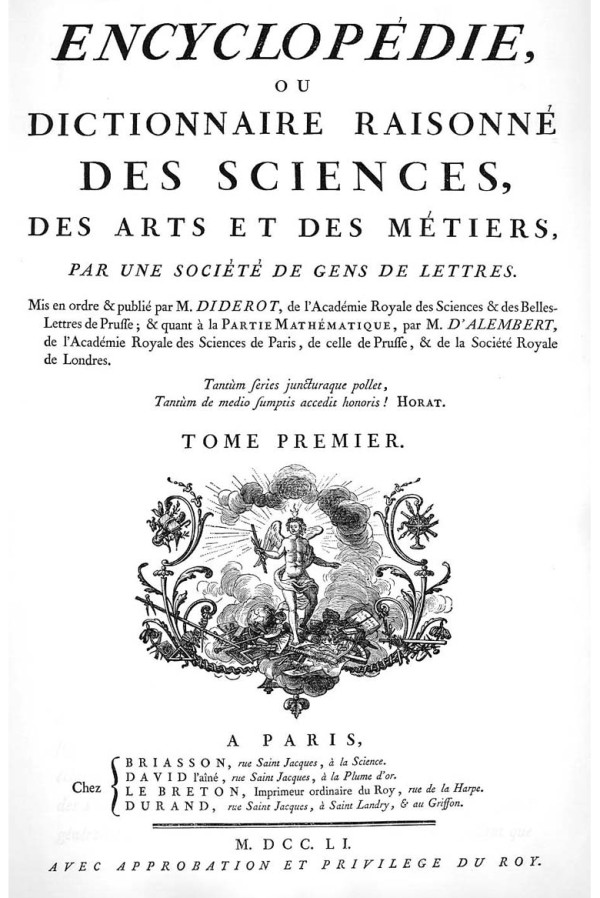
 Image: Godfrey Kneller, Portrait of
John Locke (1697). Oil on canvas. 76x64 cm. Image source:
Image: Godfrey Kneller, Portrait of
John Locke (1697). Oil on canvas. 76x64 cm. Image source: 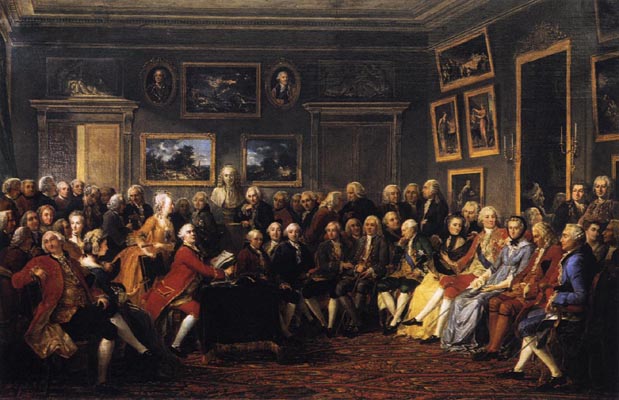
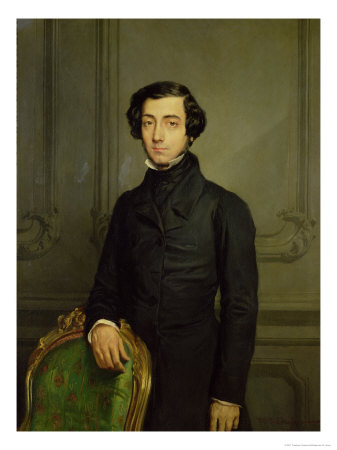
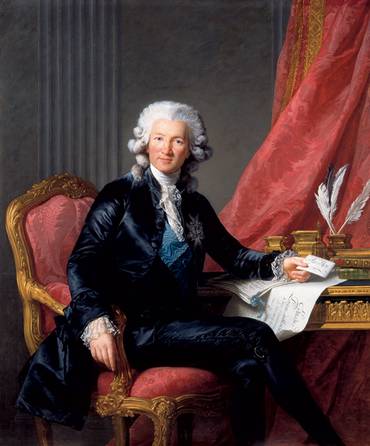
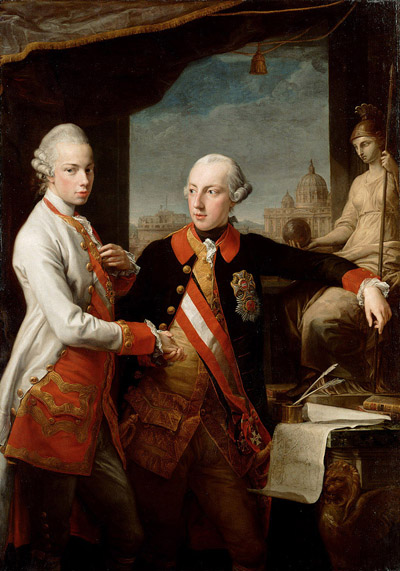
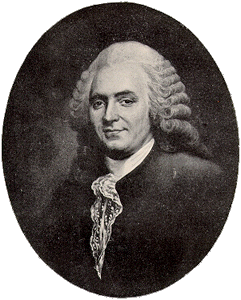 Image:
Anne-Robert Jacques Turgot, Baron d'Aulne (1727-1781), Contrôleur
Général
of Finance, 1774-1776.
Image:
Anne-Robert Jacques Turgot, Baron d'Aulne (1727-1781), Contrôleur
Général
of Finance, 1774-1776.